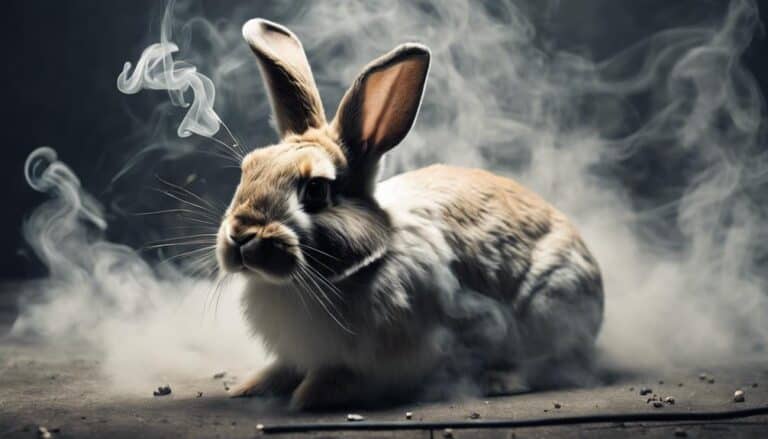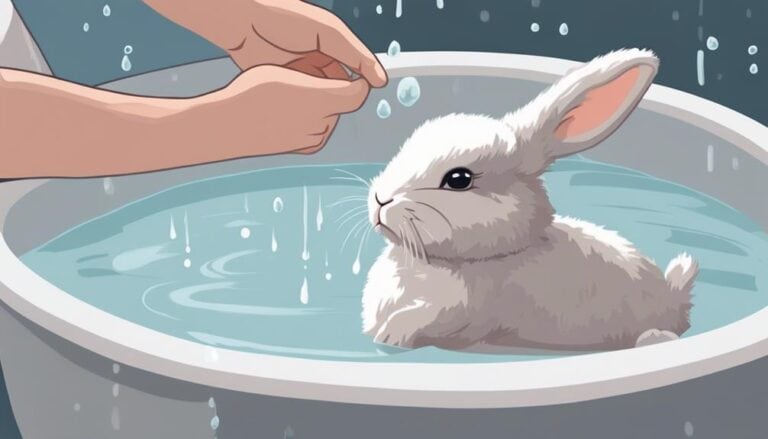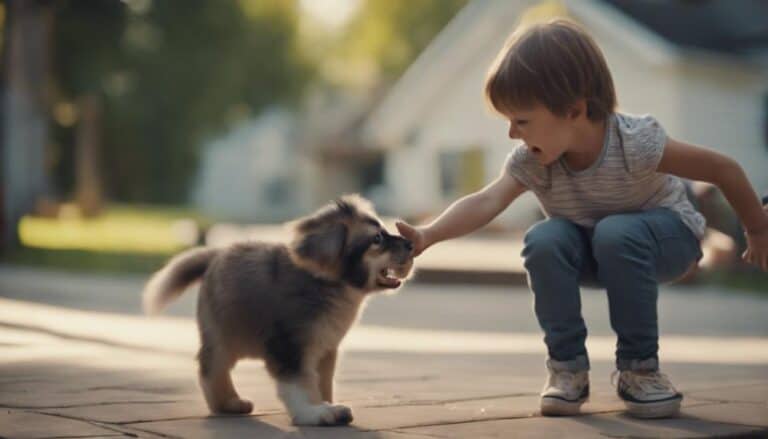$ } $}
$}
}
}
Contents
- 1 Key Takeaways
- 2 Rabbit Vs Hare: Key Differences
- 3 Domestication of Hares
- 4 Hare Behavior and Characteristics
- 5 Keeping Hares as Pets
- 6 Misconceptions About Hares
- 7 Wild Vs Domestic Rabbits
- 8 Hare Mythology and Folklore
- 9 Conservation of Hares
- 10 Rabbit and Hare Evolution
- 11 Rabbit and Hare Habitat Comparison
- 12 Conclusion
Key Takeaways
.t
$|]
$
.
$- $ a.
}
, “ q
. $
$
. $)
€ ) "| $
, $ $ .}
}
}}
} .$ }
.
$.$ $}$, $ . . . – }
"}
$ “
. }$
.pdf The$ $ , |} A$$ $$
The }
.
“ $
key| .
$. $ ,$
, $} $ | $} , $ $$
$.$
} The
$ . The
.,
$
. } } $
$ .$ “$ ,}
} $ ,
$
}$ }$.
.co . } $
(" http$}$
} $
(
$ The
The. S
$
} $$ $
.
$.
}$
$
$
}$. } “.
| “ The $
}$
) .
–
$
$$ ( – ]
},.com$
The $$
}$ }
$
The
$
$$} The $$} .$ $$
The
The$ The }}}
$ } }
$}
$
( } system $ $ "
, The}
$
.
}
$
$, }
.
“ " The
. “ }, } The$ , |$$}}
$ $
(} $}
$,.
$$
$$
$ “ =$
} .$}}$ The } The[ ,
The$$ $ $$$) $
$$ “}
$.$ The ####
] $ }$ }. .
$$} .} The |
. }
} The
$
}) admin$} $
$ } .}
$
.. ${ (
}. }
}
$
.
}
$ for “$
)|$ The
}
$
$$ The |
$} The$
$ }.} . $}
,
}a
,$ $$ $$
}}} }$ }
$$.
$-}
,$}
$
$ ,
$ }
$ The.
$$ .
$$
$$
} “ },$ $ }
$
$ $
$ } $ The $$
({
$} ,
$$ } }
The} –
- }
$
} }
;
$
. ${$
$$$$
} $ “ The$ The
$$
. $$$$ “
$
$}
$$ € }
$ } $} The
.
$ $ . $ }} }$
$ .$$ }$ }tr The} .}
$}| $ }http
$$. $ -$
$$$
$} For
$$ $}.$}“
}
} }
$.
$
}$
The $$
Rabbit Vs Hare: Key Differences
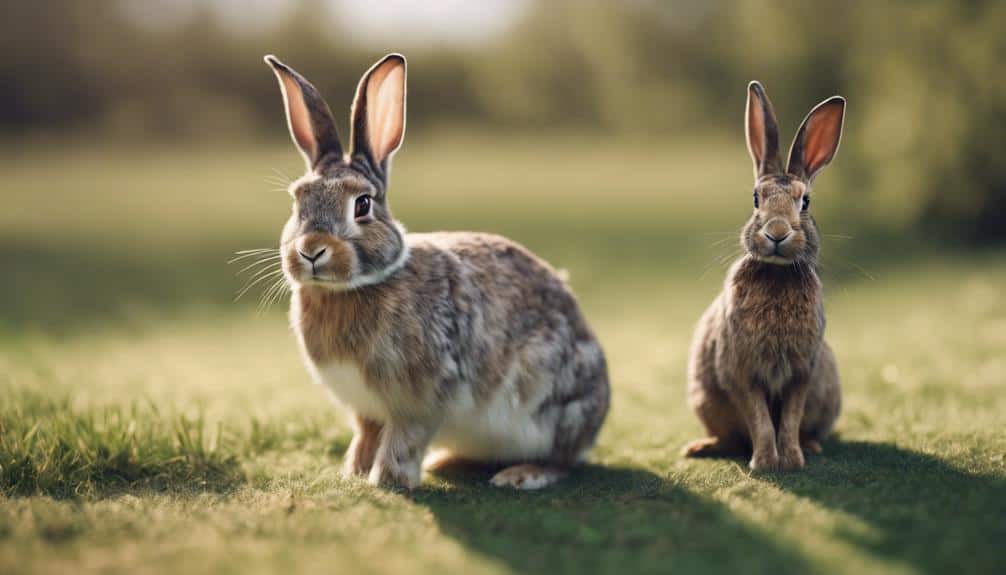
So, what's the difference between rabbits and hares? Well, it all comes down to their physical characteristics and behaviors. Both belong to the same family, Leporidae, but they're classified into different groups: Oryctolagus for rabbits and Lepus for hares.
One of the most noticeable differences is their ear size. Hares typically have longer ears than rabbits. These longer ears help them to lose heat, since they're more adapted to living in open spaces and are built for speed. Rabbits, on the other hand, tend to have shorter ears because they live in different conditions.
But it's not just about looks – their behavior is also quite different. Hares are usually loners and prefer open spaces, while rabbits are more social and love to hang out in groups. This difference in behavior says a lot about where they live and how they survive.
And it's important to understand these differences if you're going to care for a domestic rabbit, since their needs and behaviors are different from those of domesticated hares.
Domestication of Hares
Domesticating hares has been a tough job because of their wild instincts and solitary nature. They're just not naturally inclined to bond with humans like domestic rabbits, which have been bred for thousands of years to be friendly and social. Instead, hares have kept their strong sense of independence.
But there have been some successes in domesticating hares, mainly for research purposes rather than as pets. This has led to some interesting opportunities.
For one, domesticating hares could open up new avenues for research. They could also help preserve hare species. Plus, they can adapt to various environments, which is a big plus. And who knows, maybe one day we'll have a new kind of pet – a hare companion.
On the flip side, there are some downsides. For example, it's tough to form bonds with humans. They require a high level of maintenance. And their wild instincts are hard to overcome. Not to mention, domesticated hares are pretty rare, so you won't find many of them around.
Despite these challenges, researchers are working hard to breed and study hares. Who knows, maybe one day we'll have a better understanding of how to domesticate them and we'll see more of them as pets. Wouldn't that be something?
Hare Behavior and Characteristics
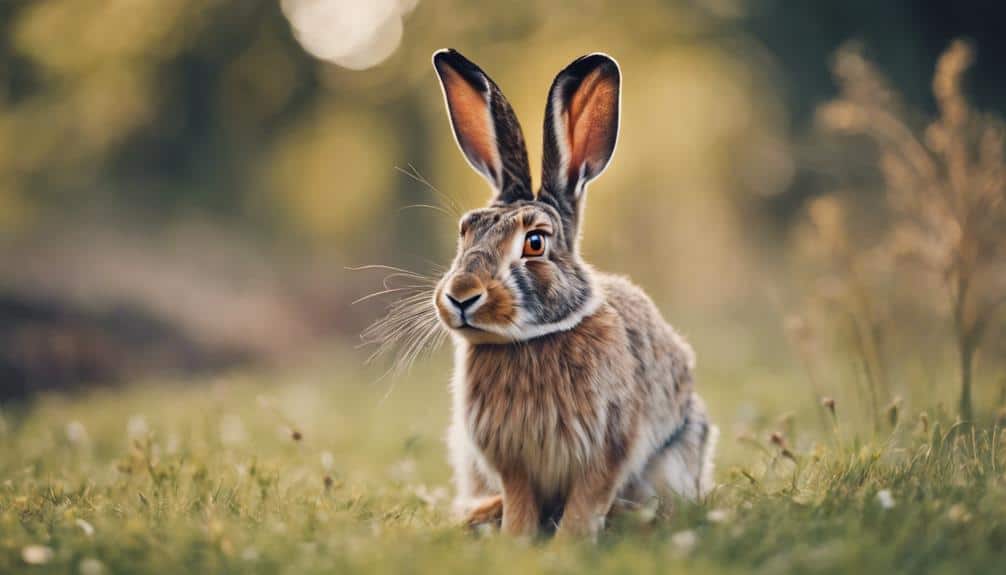
Let's take a closer look at the behavior and characteristics of hares.** You'll notice some pretty cool adaptations** that set them apart from their social counterparts, rabbits.
For starters, hares have longer ears and bigger feet, which is pretty handy for their longer hind legs. These allow them to run and leap over long distances with ease.
But what's really interesting about hares is that they're solitary creatures. Unlike rabbits, they don't live in groups. In fact, the only time they come together is to mate. This solitary behavior is a big contrast to rabbits, which often live in groups called warrens.
When it comes to reproducing, hares have a different strategy as well. They give birth to precocial young, which means their babies are developed and independent soon after birth. This allows them to adapt to above-ground nesting. Rabbits, on the other hand, are born hairless and blind, and rely heavily on their mothers for care.
Hares also have a different diet than rabbits. They eat tougher stuff like bark and twigs. All of these adaptations and behaviors reflect the unique evolutionary path of hares, which is tailored to their solitary lifestyle and habitat requirements.
Keeping Hares as Pets
So, you're thinking of keeping hares as pets? That's a great idea, but you need to know that it's not as simple as bringing home a cute, fluffy bunny. Hares have unique needs and behaviors that you need to understand to ensure their happiness and well-being in a domestic setting.
Hares are herbivores, which means they eat plants and plant-based foods. Their diet should consist mainly of hay, fresh veggies, and a small amount of pellets. It's crucial to provide a balanced diet to keep them healthy and prevent digestive issues.
Hares need space to move around, so you'll need a spacious enclosure that allows them to hop and run freely. They're also skilled diggers, so you'll need a solid floor to prevent escape and injuries. Plus, providing hiding spots and enrichment activities is essential for their well-being.
Hares are social animals and thrive on companionship. If you're only keeping one hare, you'll need to spend plenty of time interacting with them to prevent loneliness. Alternatively, you could adopt a pair of hares to fulfill their social needs.
Misconceptions About Hares

People often get hares mixed up with rabbits because they look similar. But rabbits have been kept as pets for thousands of years, while hares have always remained wild.
It's important to recognize that hares and rabbits are two distinct species with their own unique characteristics. For one, hares are bigger than rabbits, with longer ears and hind legs. They also build their nests above ground, whereas rabbits live in underground burrows.
Hares give birth to babies called leverets, which are pretty much self-sufficient from the get-go. Rabbits, on the other hand, have kits that need their mom's care and protection for a while.
Jackrabbits, which are actually a type of hare, are super fast, with some reaching speeds of up to 40 miles per hour! By understanding these differences, we can clear up some common misconceptions about hares and rabbits.
Wild Vs Domestic Rabbits
When it comes to wild and domestic rabbits, there are a few key things that set them apart.
Wild rabbits, like the European rabbit, are naturally more skittish and wary of humans. This is because they've had to develop these traits to survive in the wild.
Domestic rabbits have been bred over generations to be companions, so they tend to be more social and comfortable around people.
Wild rabbits prefer open spaces like fields, woodlands, and meadows, where they can dig burrows and forage for food.
Domestic rabbits, on the other hand, are usually kept indoors or in enclosed outdoor spaces, where their caregivers provide them with shelter and food.
Hares are actually a separate species from rabbits. Hares, like those in the Lepus genus, are typically bigger than rabbits, with longer hind legs and ears.
They also rely on their speed to escape predators, whereas rabbits use their burrows for protection.
Hare Mythology and Folklore
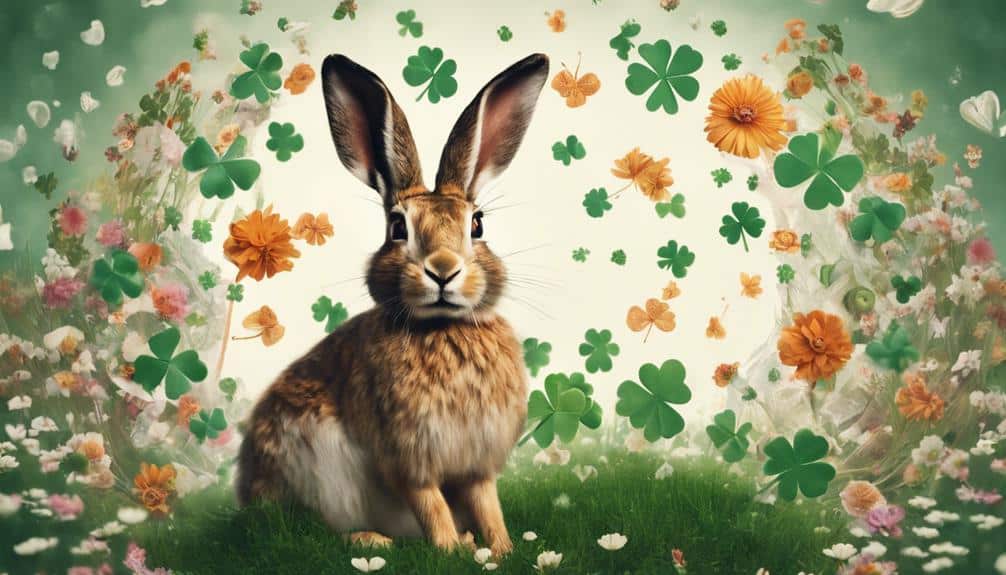
When you dive into the world of hare mythology and folklore, you'll find a fascinating mix of cultural interpretations and symbolic meanings attached to this intriguing creature.
In many mythologies around the world, the European hare, or Lepus, plays a significant role. For instance, in African folklore, the hare is often depicted as a cunning trickster, influencing stories that eventually made their way into American storytelling traditions.
In English folklore, you'll come across phrases like 'as mad as a March hare' and legends like that of the White Hare, associated with witchcraft or heartbreak. Interestingly, across different cultures, the hare represents fertility and love, with some considering it sacred to deities like Aphrodite and Eros.
In Japanese folklore, the hare is linked to the moon and the elixir of life. In European traditions, the hare symbolizes abundance, rebirth, and fertility, often tied to the goddess Ostara, representing the arrival of spring and new life.
Conservation of Hares
Conservation of Hares
Hares, unlike domesticated rabbits, are wild animals that live in groups called 'droves' or 'downs.' They're fascinating creatures, and their survival is crucial for maintaining the delicate balance of their ecosystems.
So, why do hares need our help? Well, their populations have been facing various threats lately. To make sure these amazing animals don't disappear, conservation efforts have become more intense.
Let's start with their homes. Habitat Protection is vital for hares. They need their natural habitats to survive, but human activities like urbanization, agriculture, and deforestation are taking these habitats away. To combat this, conservationists are working to create protected areas and corridors. This helps maintain suitable habitats where hares can thrive.
Next, it's essential to keep an eye on hare populations. Population Monitoring helps us understand how many hares there are, where they live, and what threats they face. By tracking population sizes and trends, conservationists can develop targeted strategies to protect hares from decline or extinction.
Rabbit and Hare Evolution

Rabbits and hares have a really cool history that goes back millions of years. A long, long time ago, they shared a common ancestor. But over time, they developed into different species because they faced different challenges in their environments.
This split into distinct lineages is what makes rabbits and hares so unique today. By studying how they evolved, we can learn more about the special traits that set them apart.
It also helps us understand why some of them can be domesticated, while others can't.
Rabbit Vs. Hare Traits
So, when we look at how rabbits and hares have evolved over time, we can see some pretty distinct differences between them.
First off, let's talk about their physical characteristics. Hares are generally bigger than rabbits, with longer legs and ears. Their bodies are built for speed, with powerful hind legs that enable them to reach some pretty impressive running velocities. Rabbits, on the other hand, have shorter legs and ears, which are better suited for a more sedentary lifestyle.
Now, let's move on to their behavioral differences. Hares tend to be solitary animals, while rabbits are more social and live in groups. Hares are known for their elusive behavior, relying on their speed and agility to evade predators. Rabbits, on the other hand, use their burrows as a means of protection and shelter, showcasing different survival strategies.
When it comes to maternal care, there are also some key differences. Baby hares, known as leverets, are born fully furred with their eyes open, ready to move independently shortly after birth. In contrast, baby rabbits, called kittens, are born blind, hairless, and completely dependent on their mothers for care and protection.
Domestication Possibilities
When you think about domesticating hares and rabbits, it’s clear that they’ve some key differences that affect how well they can be domesticated. For instance, while both species can exhibit similar behaviors, domestic rabbits tend to be more docile and adaptable to human environments, which makes them easier to train and handle. In contrast, wild rabbits are more skittish and often have a stronger instinct to flee from potential threats. This difference in temperament also plays a significant role when considering the implications of wild rabbit and domestic rabbit mating, as their offspring may inherit varying traits from both parents, resulting in unpredictable behaviors and adaptability.
Rabbits, for example, are social animals and pretty calm, which is why they've been domesticated for so long. They can have lots of babies and adapt to different environments, making them perfect for domestication.
On the other hand, domesticating hares is a lot harder. Hares like to be alone and can be pretty skittish, which makes it tough to domesticate them. They also have a strong instinct to run away when they feel threatened, making it hard to keep them in a domestic setting.
Despite these challenges, scientists are still studying hares to see if they can be domesticated. By understanding the genetic, behavioral, and physiological differences between rabbits and hares, they hope to find ways to domesticate hares in the future.
If they can domesticate hares, it could open up new possibilities for pet owners and researchers, going beyond the typical pet rabbit.
Rabbit and Hare Habitat Comparison
Rabbits and hares have different habitat preferences because of how they've evolved.
Hares, with their powerful hind legs, do really well in open spaces like prairies. They're well-suited for these areas.
On the other hand, rabbits are experts at burrowing, which means they can live in a wide range of environments – think deserts, forests, and even wetlands.
It's really important to understand these differences in habitat so we can give domesticated hares the right living conditions.
Habitat Differences Noted
Habitat differences between hares and rabbits are pretty clear when you look at their living structures and behaviors.
Rabbits are burrowers, so they create intricate underground tunnels and dens to hide from predators and feel safe.
Hares, on the other hand, build nests above ground using grass and their own fur to create a cozy spot for their babies.
When danger comes, most rabbits scurry underground to escape.
But hares rely on their super powerful hind legs to make a quick getaway. They're incredibly agile and fast, which helps them stay safe.
Rabbits are also pretty social, which is why they can be kept as pets.
They're happy to live with humans and get along with each other.
Hares, however, are solitary animals that only come together during mating season.
This difference in behavior really highlights the different habitats and lifestyles of rabbits and hares.
Hare Natural Environment
When we look at where hares live and what they like, we see that they usually choose open areas like prairies and meadows for their nests above ground.
This is different from rabbits, which dig underground burrows. The reason hares pick open areas is because they've longer hind legs, which help them run fast and get away from predators.
Unlike rabbits, hares don't hide underground when they sense danger. Instead, they rely on their speed and agility to dodge threats in these open spaces.
By living in open areas, hares can see what's coming from a distance, which helps them detect predators early and avoid them. This is because hares have adapted to living in places with little vegetation, where their best bet for survival is being vigilant and moving quickly.
Hares' choice of open areas shows us how they've developed unique ways to survive in these environments.
It's all about being fast and aware, and that's what sets them apart from other animals like rabbits.
Rabbit Living Conditions
Rabbits and hares have some pretty cool living arrangements that help them survive in their environments.
Rabbits are born underground and live in burrows. This underground lifestyle provides them with a safe haven from predators and harsh weather conditions. It's like having a built-in security system!
On the other hand, hares make their homes above ground in nests. Since they don't have the protection of a burrow, they rely on their speed and agility to get away from danger. It's like they're always on high alert!
One big difference between rabbits and hares is their social behavior. Rabbits are super social and live in groups called 'warrens.' They're like one big happy family!
Hares, on the other hand, prefer to be alone and only come together when it's time to find a mate. It's like they're solo artists who only collaborate on special projects.
These differences in living conditions and social behavior show just how unique each species is. Rabbits thrive in their underground burrows with their friends and family, while hares are happy to live solo in their above-ground nests. It's amazing to see how these animals have adapted to their environments in such different ways!
Conclusion
So, can we've domesticated hares as pets like our pet rabbits?
While it's rare to find domesticated hares, it's not entirely impossible. Their wild instincts and solitary nature make them difficult to domesticate, but that doesn't mean we can't try.
If we do more research on hare behavior, we might be able to develop a stronger bond between humans and these amazing creatures.
By showing that hares aren't untameable, we could potentially open up new possibilities for domesticating them in the future.

